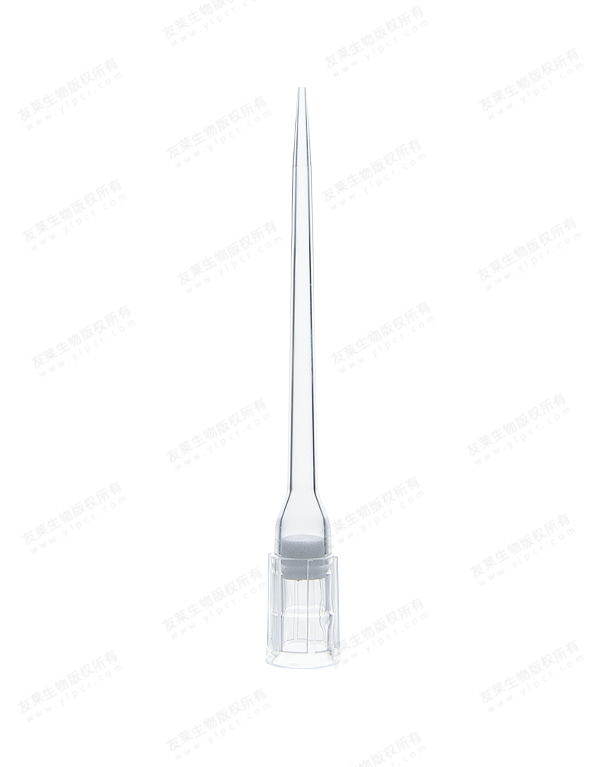Deep well plates, often overshadowed by their flashier microplate cousins, are workhorses in the life sciences lab. These unassuming plastic trays, characterized by their deep wells (holding volumes up to 2 mL), offer a potent combination of versatility, high capacity, and automation compatibility, making them invaluable for a wide range of applications.
One of the most significant advantages of deep well plates is their high sample storage capacity. Compared to standard microplates, deep wells can hold significantly more volume, allowing researchers to store large collections of samples like cell cultures, DNA, or RNA. This is particularly beneficial for projects dealing with numerous samples or requiring long-term storage. Deep well plates often come pre-sterilized and can be sealed effectively, minimizing the risk of contamination and evaporation.
Beyond storage, deep well plates excel in assay development and high-throughput screening (HTS). The large surface area of the wells provides ample space for conducting reactions, while the compatibility with automated liquid handling systems empowers researchers to perform experiments with exceptional speed and efficiency. Imagine screening hundreds of potential drug compounds simultaneously – deep well plates, paired with robots, make this a reality in HTS. This significantly reduces the time and resources needed compared to traditional single-tube methods, accelerating the drug discovery process.
The versatility of deep well plates extends beyond drug discovery. Large-scale reactions often require significant volumes of reagents or samples. Deep wells provide the perfect platform for these reactions, eliminating the need for multiple smaller vessels and streamlining workflows. Additionally, the larger well volume allows for better mixing and diffusion, ensuring optimal reaction conditions.
For researchers working with cell cultures, particularly suspension cultures, deep well plates offer a unique advantage. Suspension cultures grow freely in liquid media, and the larger volume of deep wells facilitates better oxygen exchange and nutrient distribution throughout the culture, fostering optimal cell growth. This benefit is crucial for maintaining healthy cell populations, which are vital for various research applications.
The design of deep well plates also offers practical advantages. The availability of skirted and non-skirted options allows researchers to choose based on their needs. Skirted plates have a raised edge that makes them easier to handle with automated grippers, ideal for robotic systems. Non-skirted plates, while less expensive, are suitable for manual handling applications. Additionally, deep well plates are often constructed from either polypropylene or polystyrene. Polypropylene offers superior durability and withstands higher temperatures, while polystyrene provides better clarity and is a cost-effective option.
Choosing the right deep well plate requires careful consideration of several factors. Well volume is crucial, with deeper wells ideal for larger samples and shallower wells sufficient for smaller volumes. Material selection also plays a role, with polypropylene preferred for high temperature applications and polystyrene favored for cost and clarity. Sterilization needs should also be considered, with pre-sterilized plates readily available for experiments requiring aseptic conditions.

 English
English русский
русский 中文简体
中文简体
水印.jpg)



